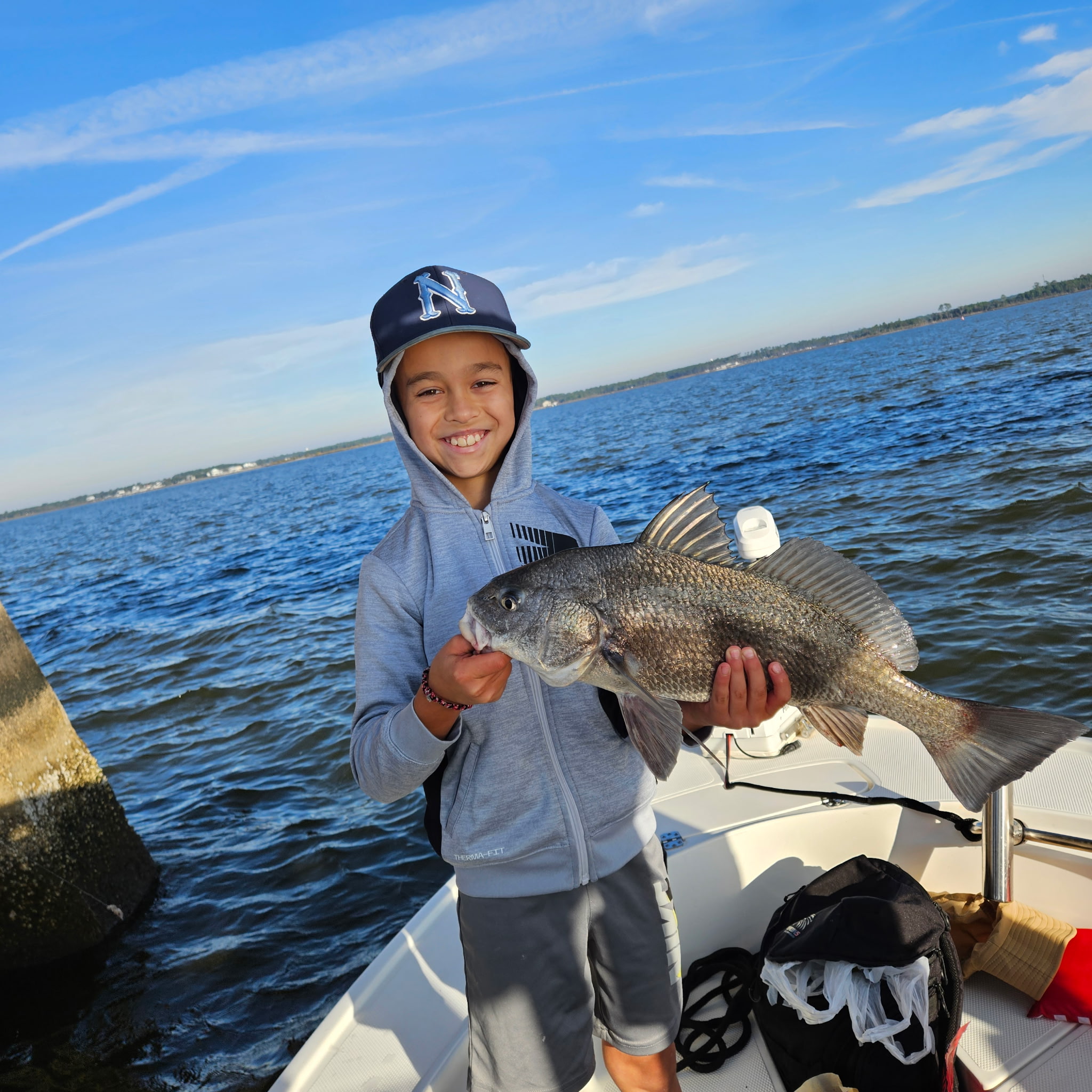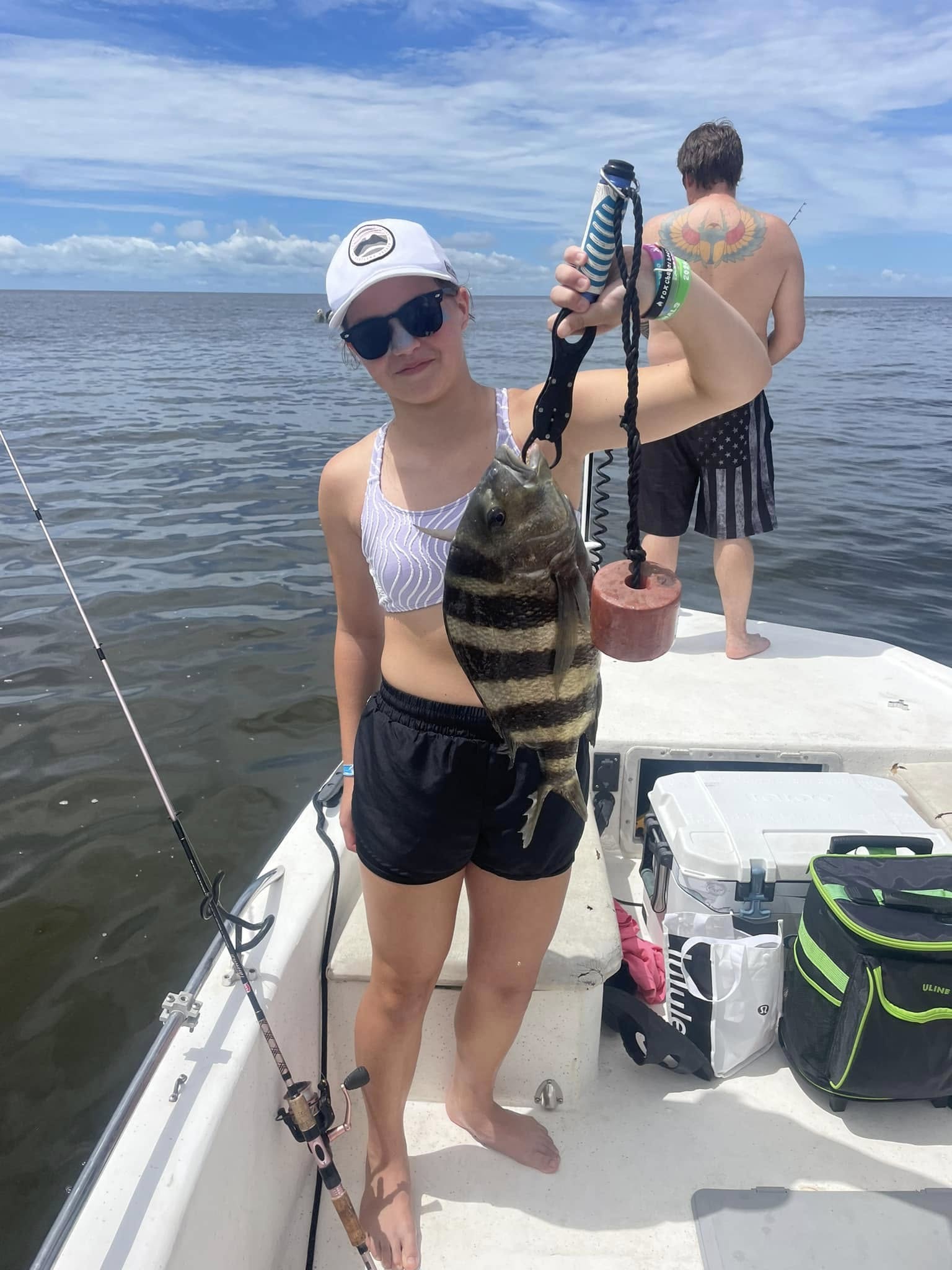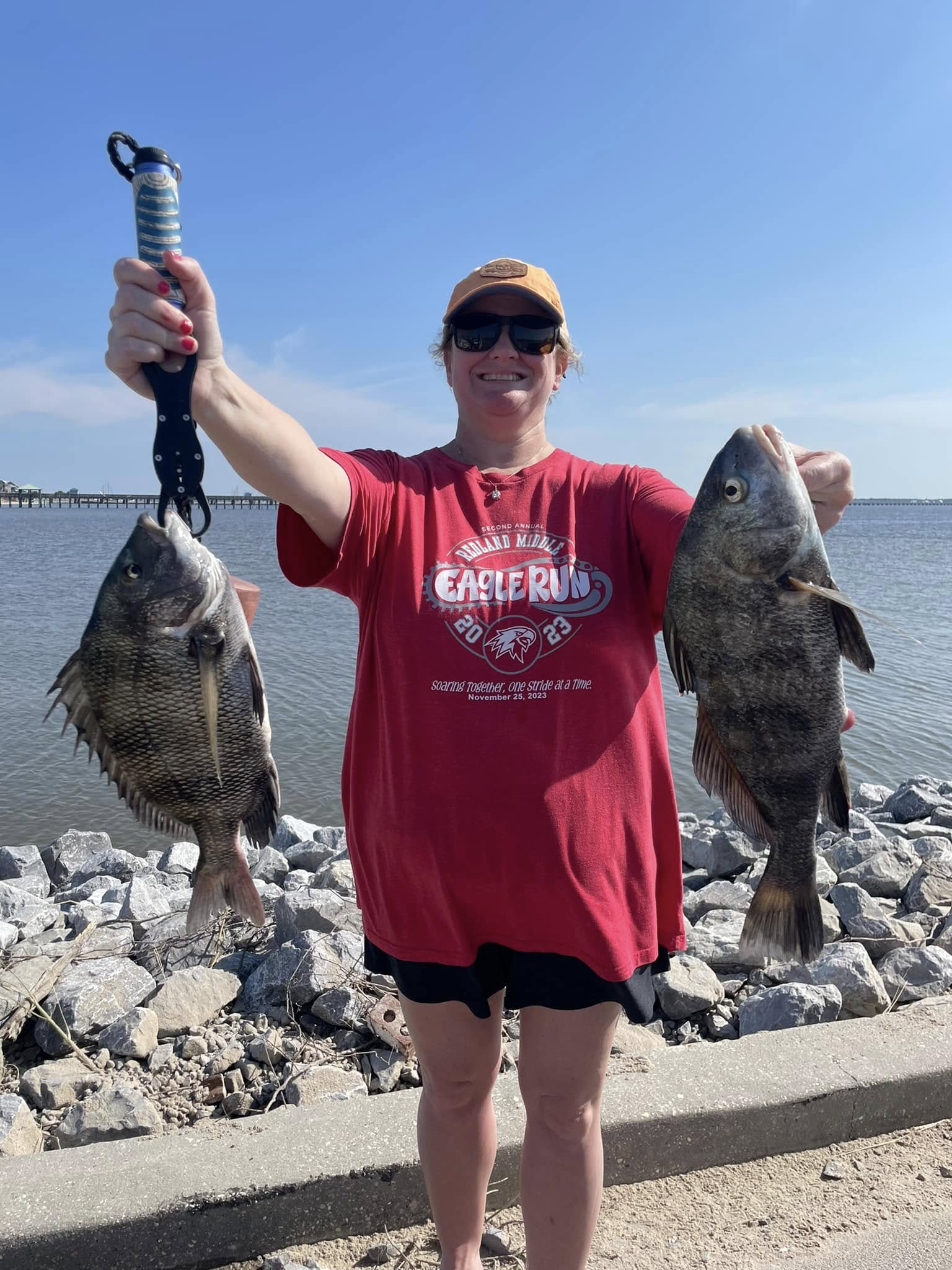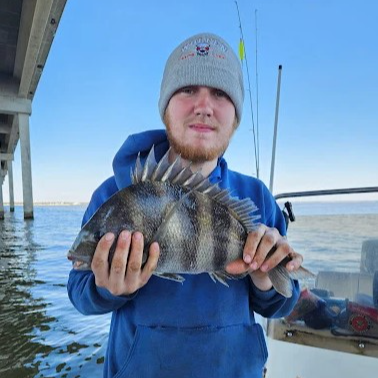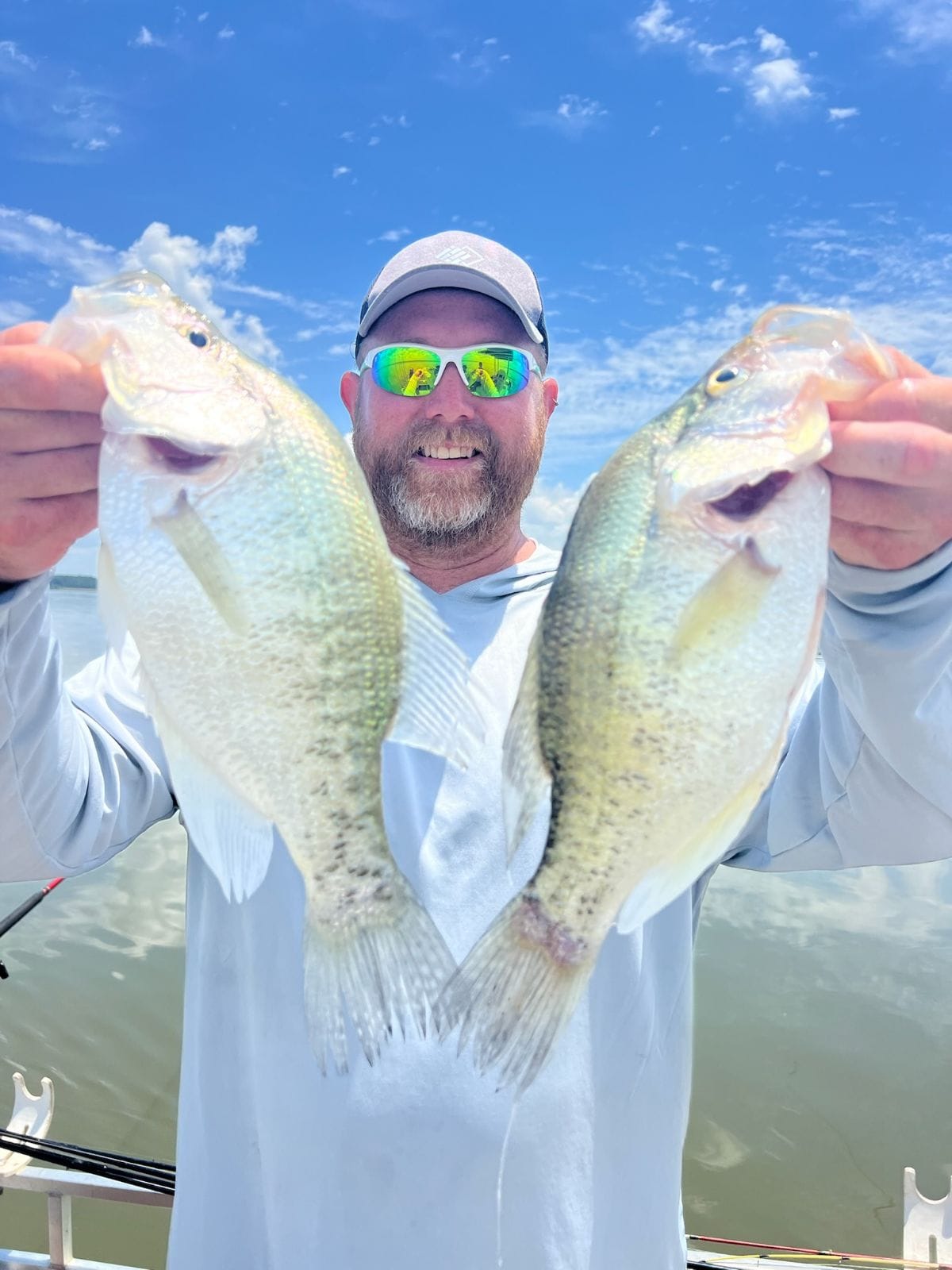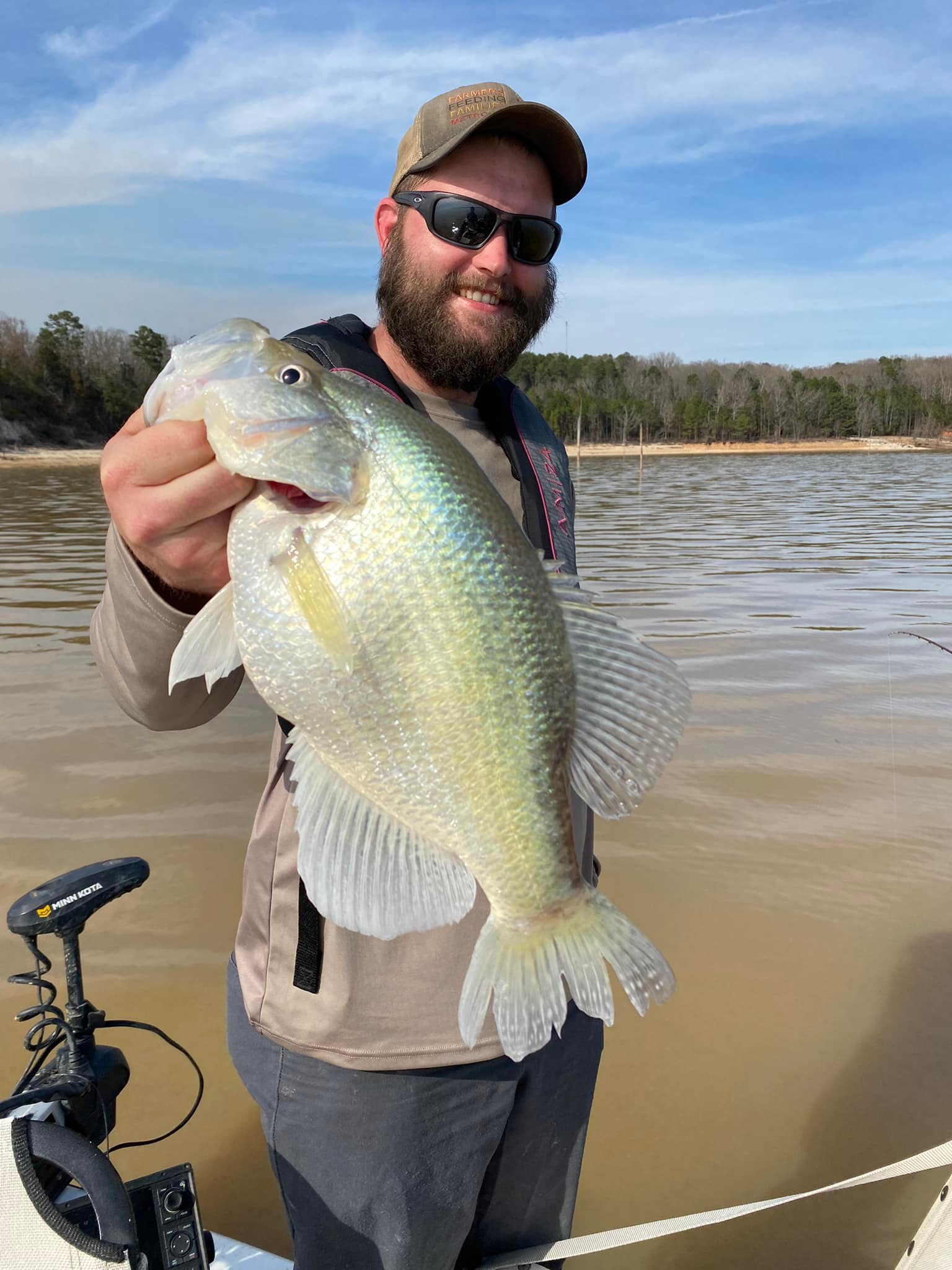Dolphin Watching, Booze Cruise, Sunset Cruise in Biloxi
Custom Tours And Cruises!!
Inshore, Nearshore, Flats in Biloxi
Inshore/Nearshore Fishing Charters!
Inshore, Nearshore, Jetty in Bay St. Louis
Bay St Louis Inshore!
Inshore, Nearshore Fishing in Bay St. Louis
Sheepshead Smash 3Hour
Grenada Lake Crappie Slam
Bass On Pickwick Lake
Trophy Crappie Trip
River, Lake Fishing in Gore Springs
Best Crappie At Grenada/Enid/Sardis
Inshore, Nearshore Fishing in Biloxi
Inshore / Nearshore Fishing!!!
Trophy Paddlefish Fishing
We started Captain Experiences to make it easy to book fishing and hunting guides around the world. With over 2,000 Damn Good Guides, our platform makes finding and booking a trip seamless. Head here to check out our trips.
As a waterfowl hunter, being able to identify ducks on the fly quickly is critical to obeying waterfowl regulations. This isn’t always easy, especially when some duck species look as similar as the Greater and Lesser Scaup; then we throw in the Ring-Necked Duck, a third species with similar characteristics.
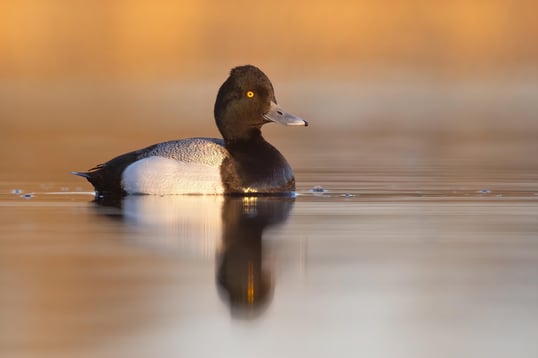
Luckily, most waterfowl hunting laws are lenient when discerning between these three species, commonly known as bluebills and ringnecks. However, that doesn’t excuse us as hunters from being able to tell the subtle differences.
In college, I had to take a waterfowl identification test using only pictures; while I passed it, I had to look at the greater and lesser scaup longer than most other species, and the ring-necked ducks almost threw me off. Let’s find out why!
Visual Differences between the Greater Scaup, Lesser Scaup, and Ring-Necked Duck
These drakes look very similar from a distance, with a dark, almost black head, gold eyes, and grayish body. The hens are nearly impossible to distinguish because they’re brown with a white face patch. Except for the ringneck hen, whose bill has a white ring around that can be used to identify the species quickly.
Upon closer inspection of the drakes, you’ll notice lesser scaup are smaller than greater scaup. The greater scaup has a rounded head, whereas the lesser scaup looks less rounded. The lesser also has a taller narrower head.
The ring-necked drake has a solid black back and a cone-shaped head. The bill is the quickest way to identify the difference between ringneck drakes and scaup drakes.
The bills of the scaup are shaped differently, but it’s easiest to see that the bill of the lesser will be smaller because it’s a smaller duck. The ring-necked duck has two white rings on its bill, and the black tip is more pronounced.
The head colors also begin to reveal themselves as we get closer, and this is probably the easiest way to quickly identify the birds though it can be a little tricky.
Greater scaup have green heads, and less scaup have purple heads. I remember it by green=greater.

Both species can have a touch of both colors, but the majority of the great scaup drakes head will be green.
For ringnecks, the drakes have a dark iridescent reddish-brown and black head. Their name comes from the reddish-brown ring at the base of their necks.
Another way to identify the differences between the three species is to look at the differences in where they tend to be found.
Typical Ranges
Whenever the annual duck surveys are conducted, greater and lesser scaup are counted together because they’re difficult to distinguish at a distance.
While they are found in similar areas at specific times of the year, such as when the surveys are conducted, during other times, you’re more likely to encounter one species over the other in certain areas.
Lesser scaup often prefer freshwater over saltwater, whereas greater scaup prefer saltwater over freshwater. So you’ll find lesser scaup in the Central and Mississippi flyways more often than you will find greater scaup.
You’ll also find ringnecks primarily in the Central and Mississippi flyways.
However, you can and will find scaup together across various flyways, primarily on large open water bodies. They’re diving ducks, which means they dive to feed.
Ring-necked ducks prefer to dive in shallow water for aquatic plants, insects, snails, and clams.
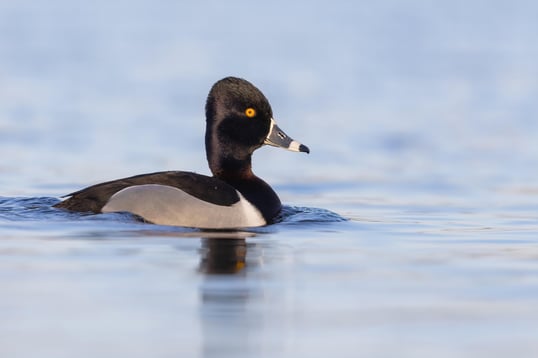
Bluebills mainly feed on muscles and submerged vegetation, depending upon the season and what’s locally available. According to scientific studies, greater scaup tend to eat more snails and plants than lesser scaup, whereas lesser scaup tend to eat more mussels than greater scaup.
Parting Shots
Though the differences in size, head color, body color, habitat, and diet preferences are subtle, they’re sometimes needed to identify between the species, especially from a distance.
Not only are greater scaup larger, but they also have green heads, while lesser scaup have purple heads.
Green=Greater scaup
The ringneck bill is a dead giveaway for identifying this species, compared to scaup species, which is why it’s typically the first thing I look at, followed by the head.
That’s how I aced my duck identification test in college, and I continue to use it when identifying ducks in the field!
Joey Butrus
Updated on June 21, 2023

October 26, 2020
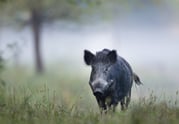
November 7, 2023
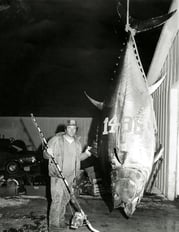
June 3, 2021

November 15, 2023

January 7, 2022
Related Articles
August 17, 2023
October 23, 2022
October 12, 2022
Featured Locations
- Fishing Charters Near Me
- Austin Fishing Guides
- Biloxi Fishing Charters
- Bradenton Fishing Charters
- Cabo San Lucas Fishing Charters
- Cancun Fishing Charters
- Cape Coral Fishing Charters
- Charleston Fishing Charters
- Clearwater Fishing Charters
- Corpus Christi Fishing Charters
- Crystal River Fishing Charters
- Dauphin Island Fishing Charters
- Daytona Beach Fishing Charters
- Destin Fishing Charters
- Fort Lauderdale Fishing Charters
- Fort Myers Fishing Charters
- Fort Walton Beach Fishing Charters
- Galveston Fishing Charters
- Gulf Shores Fishing Charters
- Hatteras Fishing Charters
- Hilton Head Fishing Charters
- Islamorada Fishing Charters
- Jacksonville Fishing Charters
- Jupiter Fishing Charters
- Key Largo Fishing Charters
- Key West Fishing Charters
- Kona Fishing Charters
- Lakeside Marblehead Fishing Charters
- Marathon Fishing Charters
- Marco Island Fishing Charters
- Miami Fishing Charters
- Montauk Fishing Charters
- Morehead City Fishing Charters
- Naples Fishing Charters
- New Orleans Fishing Charters
- New Smyrna Beach Fishing Charters
- Ocean City Fishing Charters
- Orange Beach Fishing Charters
- Panama City Beach Fishing Charters
- Pensacola Fishing Charters
- Pompano Beach Fishing Charters
- Port Aransas Fishing Charters
- Port Orange Fishing Charters
- Rockport Fishing Charters
- San Diego Fishing Charters
- San Juan Fishing Charters
- Sarasota Fishing Charters
- South Padre Island Fishing Charters
- St. Augustine Fishing Charters
- St. Petersburg Fishing Charters
- Tampa Fishing Charters
- Tarpon Springs Fishing Charters
- Venice Fishing Charters
- Virginia Beach Fishing Charters
- West Palm Beach Fishing Charters
- Wilmington Fishing Charters
- Wrightsville Beach Fishing Charters



